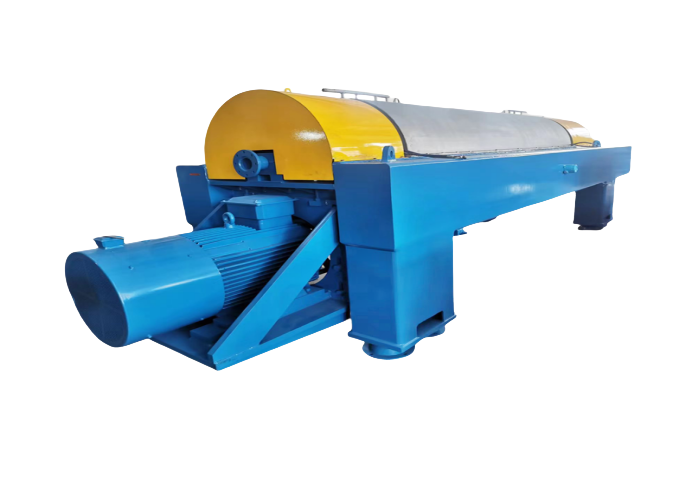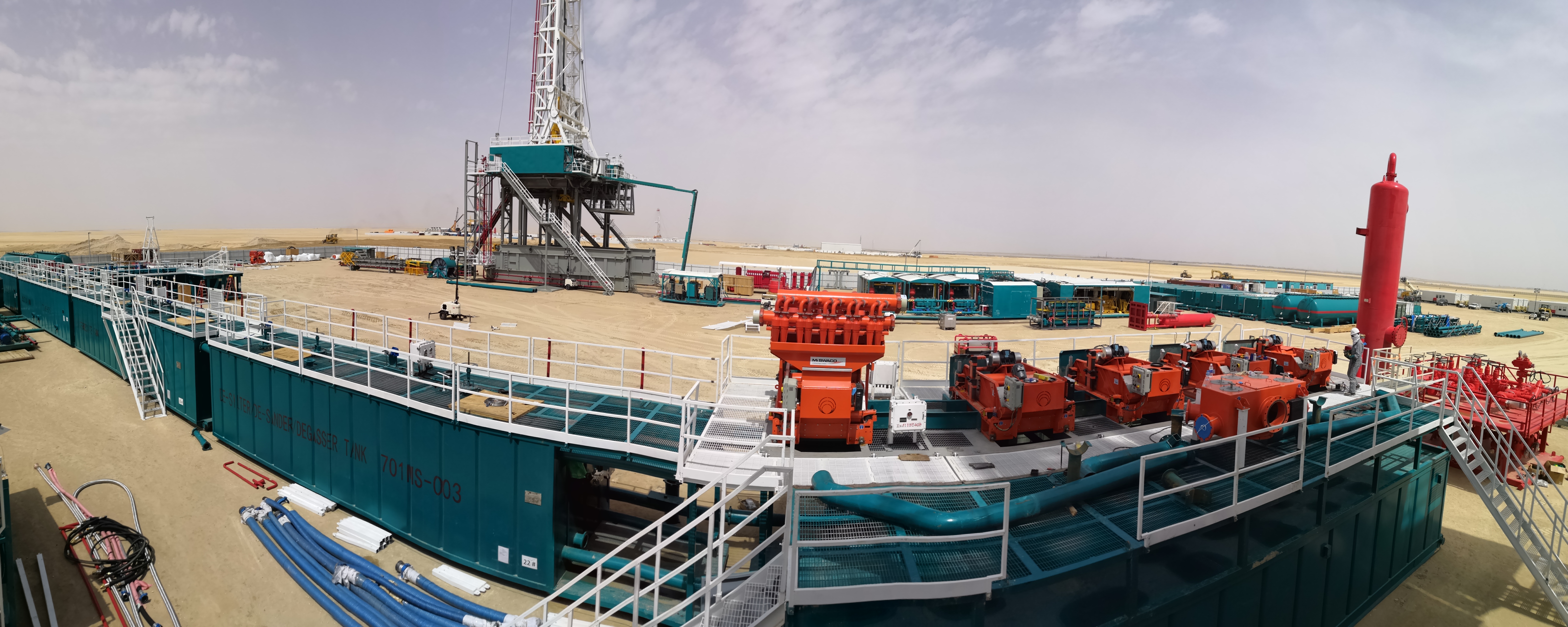dənizlərdən su alımı üçün müxtəlif sistem
Dənizlərə dəhliz işləmə sistemi, rəqəmsal qatıq idarəetmə vasitəsilə su yollarının sağlamlığını saxlama və bərpa etmək üçün kompleks bir həlləri təqdim edir. Bu innovativ sistem, əsasən mekanik dəhliz işləmə imkanlarını mürəkkəb əməliyyatlarla birləşdirib, dənizlərindən qatıq və atıkları effektiv şəkildə çıxarmaq, işləmək və idarə etmək üçün istifadə olunur. Sistemin əsasında, modern pompa texnologiyası ilə çox sətirli filtrasiya və ayırma mekanizmləri ilə fərqli növ dəniz qatıqları ilə bağlı olan işlər yerinə yetirilir. Əməliyyat prosesi, güclü dəhliz işləmə cihazları vasitəsiylə qatıqın çıxarılması ilə başlayır və ekranlaşdırma, suyun sıxılması və污染物ların silinməsi kimi bir sıra əməliyyatlarla davam edir. Sistemin modulyar dizaynı, proqramın xüsusi tələblərə uyğunlaşdırılması üçün təmin edilir, bu da sənaye pollutionu, natural silting və ya şəhər su yollarının idarəetməsi ilə bağlı problemlərlə bağlı olabilir. İncass monitoring sistemləri optimal işləməni təmin edir və çevrənə uyğunluq saxlanılır, effektivliyi maksimum səviyyədə saxlamaq üçün real vaxtda düzəlişlər mümkündür. Texnologiya, su təkrar istifadəsi imkanları və enerji-efektiv əməliyyatlara malik olub, bu da onu geniş ölçülü dənizlərə bərpa proqramları və kiçik su yollarında davam edən idarəetmə əməliyyatları üçün uyğun edir.


